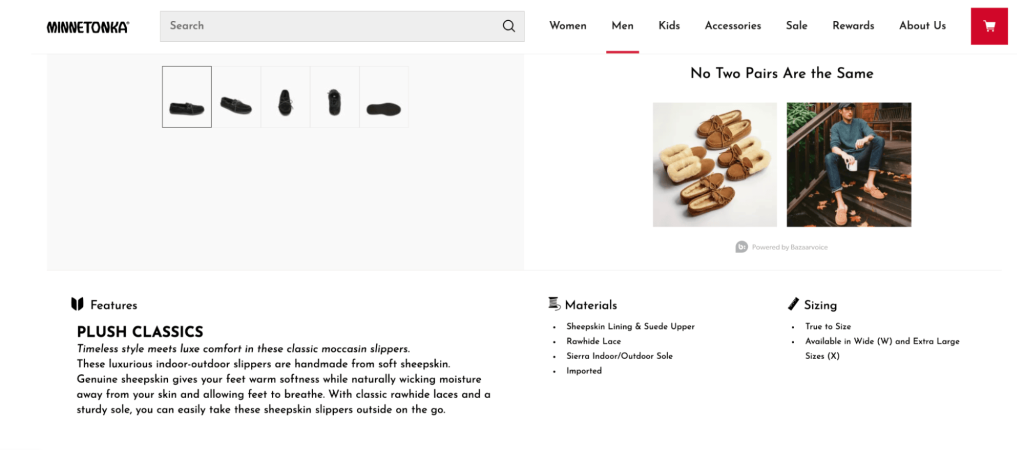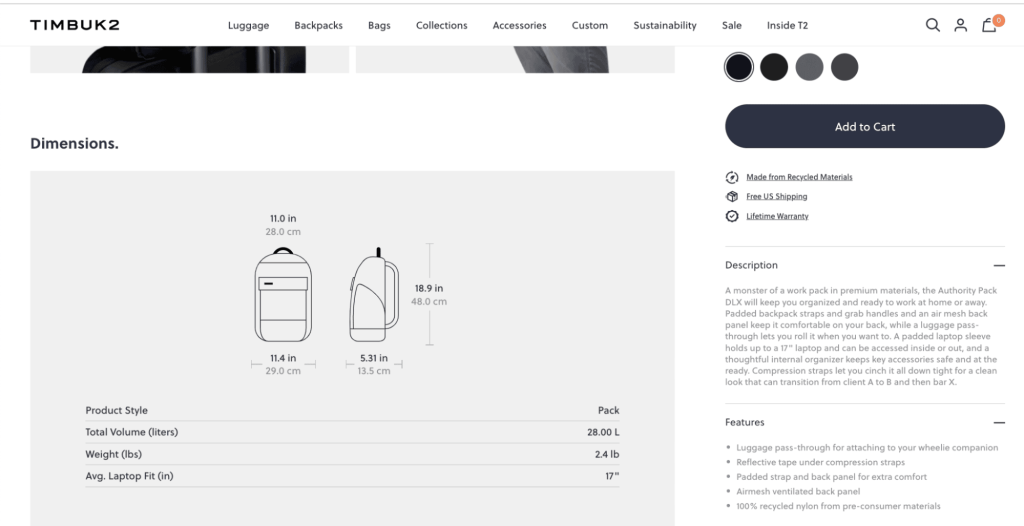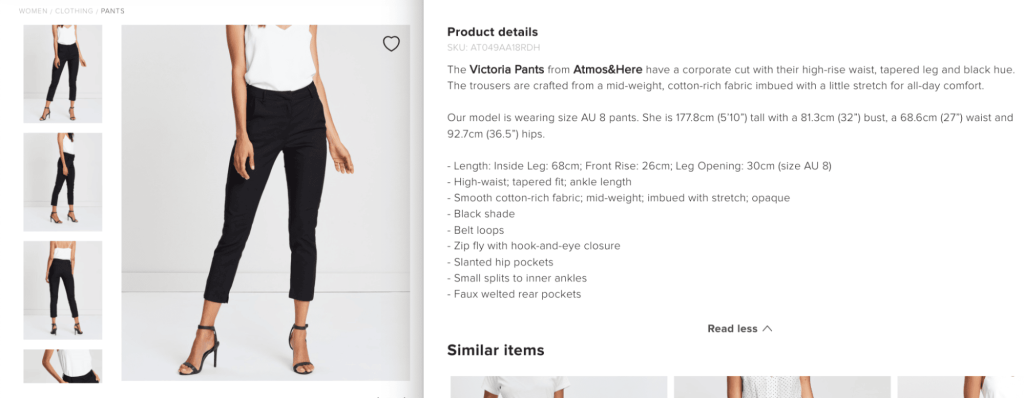Writing ecommerce product descriptions for your online store is one of the hardest things you will ever do. The problem is that it isn’t enough to describe the things you sell simply.
Product descriptions are an extension of the selling process. Your customers are drawn to your site based on your work via social media, advertising, and content marketing. The photographs you use can take it a step further and help your customers to visualize your products in their own lives. However, it’s the descriptions that seal the deal.
In this blog, we compiled a list of the top things you need to include on each page and some tips to make writing the descriptions easier.
1. Create Your Customer Persona
The first thing to focus on is identifying your ideal customers. You will need to consider the types of words they use daily, what sort of language they appreciate, and whether humor is an advantage or a curse.
You should also look at how your ideal customers will use your products and the questions your target demographic would ask first. Shopify explains, “When you write a product description with a huge crowd of buyers in mind, your descriptions become wishy-washy, and you end up addressing no one at all.”
For instance, if you sell backpacks for hiking, your ideal customers may not care as much about color choices as they do about how much the backpack holds, any warranties you offer on construction, and whether or not the bag is waterproof. The more targeted you can identify your ideal customer, the better.
2. Why Should the Customer Buy Your Products?
In addition, your ecommerce product descriptions need to reflect why someone should buy your products over those of any other company. You can do this by telling a story.

“By writing a paragraph (three or more sentences) or two about the product, you can set the scene and help the shopper realize why their life up to this point has been incomplete without it,” says BigCommerce. “This is your opportunity to be creative and establish a voice (personality and tone) for your brand — whether serious, casual or even irreverent.”
Imagine you are having a conversation with someone and explaining why your product meets his or her needs. What would you say to close that sale? This is a great time to tell the backstory of why a product was created and the features that make your store’s products distinctive (e.g., they are made in the USA).
3. Explaining Your Product
Next, think about the details of your product. It is never enough to say that your product is great. Instead, you need to explain why.

Using the example of a backpack again, think about what makes one backpack different from another. The material type could be one issue – obviously, some customers prefer one fabric over another – but dig deeper.
“To give your audience a little nudge, make sure that you spell out the benefits of your product within the product features description,” explains Forbes. “In other words, explain how a certain feature is beneficial to their lives and why it’s an essential purchase.”
Offering rust-proof zippers, cushioned straps, stain-resistant fabric, and a cut that keeps straps in place are features your competitors may not offer. Explaining these virtues indicates the benefits of your product without attempting to sell your website visitors on the benefits alone. These characteristics or features are often bulleted.
4. Specifications
You should also include details about how your product will fit in your customers’ lives when writing ecommerce product descriptions. A simple sizing explanation or chart is not sufficient. You will need to include detailed specifications.

For example, if you are selling a pair of pants, including sizes and a size chart is not enough information for the average buyer. You will also need to include information on how the garment is styled.
Is it slim-fitting or loose? How long is the inseam? Do you offer length options? How is the rise of the pants? Do they fit on your hips or closer to your belly button? How wide are the legs? Other products will require even more detail. How much does the product weigh? What are its dimensions? Are any accessories (e.g., batteries, a charging stand, or a carrying case) included?
5. After the Sale
Finally, ensure you include details on how to care for your products after the sale.
Consider clothing — washing instructions could be important in purchasing an item. Some people prefer machine washable items, while others won’t mind dry clean only goods. Care instructions may also be important in maintaining the quality of a product, such as stainless steel appliances that need special care to maintain the finish of the product.
You might also want to include details on how to use your products. If you sell sewing machines, a video of someone operating the machine could help illustrate the ease of use you advertise. In contrast, a video of someone teeing up will likely be appreciated if you sell golf clubs.
Use your imagination. The goal is to inform your customers while helping them see themselves using your products after the sale.
Takeaways
Ecommerce product descriptions are an essential part of the selling process. As a result, the same level of effort you’d apply to your product photos and even the design of your website needs to continue through to the description.
To make the process easier, you start with identifying and understanding your ideal customers. By doing so, you can create a story around the product that would appeal to their emotions and highlight any features or specifications they would benefit from.
Please remember that your product description is to persuade and help your potential customers to see how your products can improve their lives.








